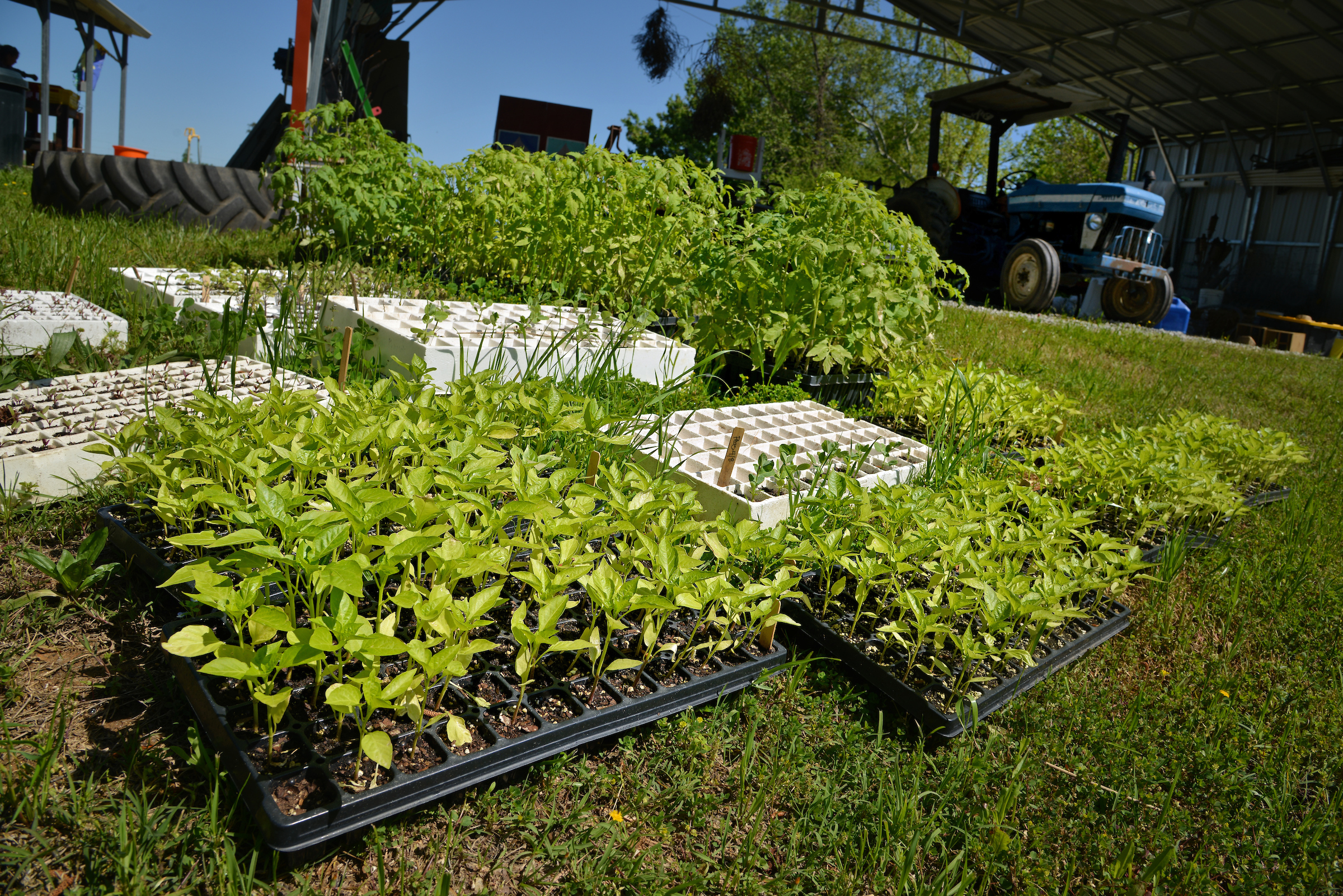Indoor Seed Starting in the High Country
go.ncsu.edu/readext?917323
en Español / em Português
El inglés es el idioma de control de esta página. En la medida en que haya algún conflicto entre la traducción al inglés y la traducción, el inglés prevalece.
Al hacer clic en el enlace de traducción se activa un servicio de traducción gratuito para convertir la página al español. Al igual que con cualquier traducción por Internet, la conversión no es sensible al contexto y puede que no traduzca el texto en su significado original. NC State Extension no garantiza la exactitud del texto traducido. Por favor, tenga en cuenta que algunas aplicaciones y/o servicios pueden no funcionar como se espera cuando se traducen.
Português
Inglês é o idioma de controle desta página. Na medida que haja algum conflito entre o texto original em Inglês e a tradução, o Inglês prevalece.
Ao clicar no link de tradução, um serviço gratuito de tradução será ativado para converter a página para o Português. Como em qualquer tradução pela internet, a conversão não é sensivel ao contexto e pode não ocorrer a tradução para o significado orginal. O serviço de Extensão da Carolina do Norte (NC State Extension) não garante a exatidão do texto traduzido. Por favor, observe que algumas funções ou serviços podem não funcionar como esperado após a tradução.
English
English is the controlling language of this page. To the extent there is any conflict between the English text and the translation, English controls.
Clicking on the translation link activates a free translation service to convert the page to Spanish. As with any Internet translation, the conversion is not context-sensitive and may not translate the text to its original meaning. NC State Extension does not guarantee the accuracy of the translated text. Please note that some applications and/or services may not function as expected when translated.
Collapse ▲Around this time of the year, in the mountains, gardeners start getting stir-crazy. Extension starts receiving more calls asking about soil tests, garden preparations, seed sources, and first frost-free dates. It doesn’t help that warmer climates are starting to get their hands dirty while we could still potentially see some snow. While it is an excellent idea to be prepared for this upcoming growing season, there are some things that we not be starting yet.

Pepper and tomato plants await planting at the Agroeceology Farm.
Here in Zone 6, gardeners should hold off on starting their seeds indoors. It may seem that the earlier you start your vegetables the earlier you can get them into production, however, this is simply not the case. There is an optimal window for transplanting your newly started seedlings; earlier and they risk exposure; later and they risk being stunted, delaying production. Ample research has been done for several varieties of plants on when this window occurs. Oftentimes, this information can be found listed on the back of the seed packet. An example of this is broccoli which is often listed for starting indoors “8 weeks before the average last frost date.”
Conservatively, our average last frost date is May 15th. While it is likely that our last frost will be earlier than this date, traditionally this has been a safe date to mark on our calendars. Sticking with our broccoli example, this means that our broccoli should be started around March 15th, eight weeks prior. To help Gardeners visualize this better, we have created the “Ashe County Indoor Seed Starting Guide (1)”. This calendar provides gardeners with the starting dates for common vegetables and flowers, along with other growing information such as: days to germination; light condition requirements; and temperature requirements.
Most of our indoor seed starting should be postponed until March. However, we can still be preparing to start seeds by gathering our materials. While there are numerous seed starting media available, we need to be selective with whichever media, or combination of medias, we decide to use. Ideally, our media should be a fine particle size and homogenous throughout the mix to help hold water and prevent compaction. It should have low fertility and be free of all other organisms such as: insects, nematodes, disease organisms, weeds and other seeds. You may choose to purchase media that contains fine aged pine bark, sphagnum peat moss, and perlite, or you can purchase these raw materials and mix your own seed starting media. If you choose the latter option, be sure to combine the raw materials in equal quantities by volume. Do not use Garden soils to start seeds, as it is not sterile and likely to cause your seedlings exposure to pathogens.
Additionally, gardeners should decide which seed starting containers best fit their needs. Some may choose to use systems such as the Soil-block maker, but most will likely use plastic cells systems to start our seeds. These cells and trays are very common and can be bought locally or online. They can also be used for several seasons. However, If you are using these plastic cell systems, be sure to sterilize them from year to year. A simple 1 part bleach to 9 parts water solution is enough to wash and sterilize your containers.
If you have any questions about the above information and materials, or if you have any other questions about home gardens and ornamentals, please contact our office at 336-846-5850.



